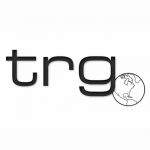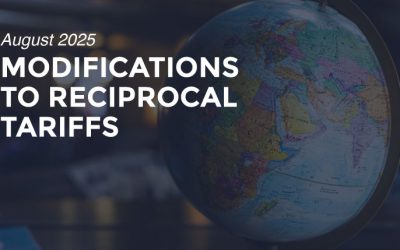Are you involved in importing goods into the United States? Whether you’re an individual or a business entity, understanding US import taxes, duties, and tariffs is essential.
Keeping a close eye on how your entries are made can be a game-changer, especially if you import goods several times a year. In this guide, we’ll provide you with vital information on how US import duties and taxes are assessed, as well as insights into import tariffs and trade-weighted tariff rates.
Understanding Import Taxes
Import duties and taxes are fees owed when importing goods into the United States and they are calculated based on the value of the imported goods. These costs can significantly impact your import expenses. Additionally, some duties are based partly on the value and partly on the quantity of the goods. In addition to duty, shipments arriving into the United States may be subject to various fees, including:
- Merchandise Processing Fee (MPF): Charged to process imports, with different rates for formal and informal entries.
- Harbor Maintenance Fee: This fee is assessed by U.S. Customs for products imported via ocean through U.S. ports. The only exception to this fee is if the shipment is transported via ocean to a Canadian port, and routed through Canada into the U.S.
- Federal Excise Tax: Imposed on specific imports, such as alcoholic beverages and tobacco products.
Duty vs. Tariff: What’s the Difference?
Duties and tariffs are both forms of taxes levied on imported goods, but they serve different purposes. Duties are costs imposed by a government on imported products, varying according to the product’s value, type, and necessity to the domestic market. They aim to protect local industries by making imported goods less competitive.
Tariffs, on the other hand, are more specific types of duties applied to goods from particular countries, often for a set period, and are used as tools in trade policy to exert economic influence or respond to trade disputes. Both impact the final cost of goods and international trade dynamics.
Import Tariffs: What Are They?
Import tariffs are taxes imposed directly on products imported into the country, in contrast to import duties, which are charged indirectly. Customs authorities enforce import tariffs on specific categories of items used in import and export.
Harmonized Tariff Schedule (HTS)
The classification of products for tariff purposes is based on the Harmonized Tariff Schedule (HTS), which determines the amount owed on internationally imported commodities. In the United States, HTSUS codes are used, which are 10-digits long compared to their worldwide counterparts which are 8 digits.
Impact of Tariffs
Like duties, tariffs lead to increased prices for imported products sold domestically. This can benefit domestic manufacturers, protect domestic industries, and provide the government with a source of revenue. Tariffs are also used as negotiation tools in international trade discussions. For example, the Section 301 tariffs in 2018 raised import costs on many Chinese imports.
Import tariffs can be charged as a percentage (ad valorem) or as a specific amount per unit, weight, or other factors.
Learn more of the differences between taxes, duties, and tariffs.
Finding Your Tariff Rate
Tariff rates can vary based on the imported product and country of origin. To determine the tariff rate for a specific product imported into the U.S., you need to find its Harmonized Tariff Schedule (HTS) code. HTS codes are country-specific, 8-to-10-digit codes based on the International Harmonized System (HS). You can use HTS code lookup tools like those offered by the USITC to find the appropriate code for your product. Most importers rely on their Customs Broker to aid them in the classification of their goods.






![[Webinar] How Could Changes to De Minimis Impact Your Company?](https://traderiskguaranty.com/trgpeak/wp-content/uploads/2025/05/trg-how-de-minimis-impacts-customs-bond-webinar-400x250.png)
